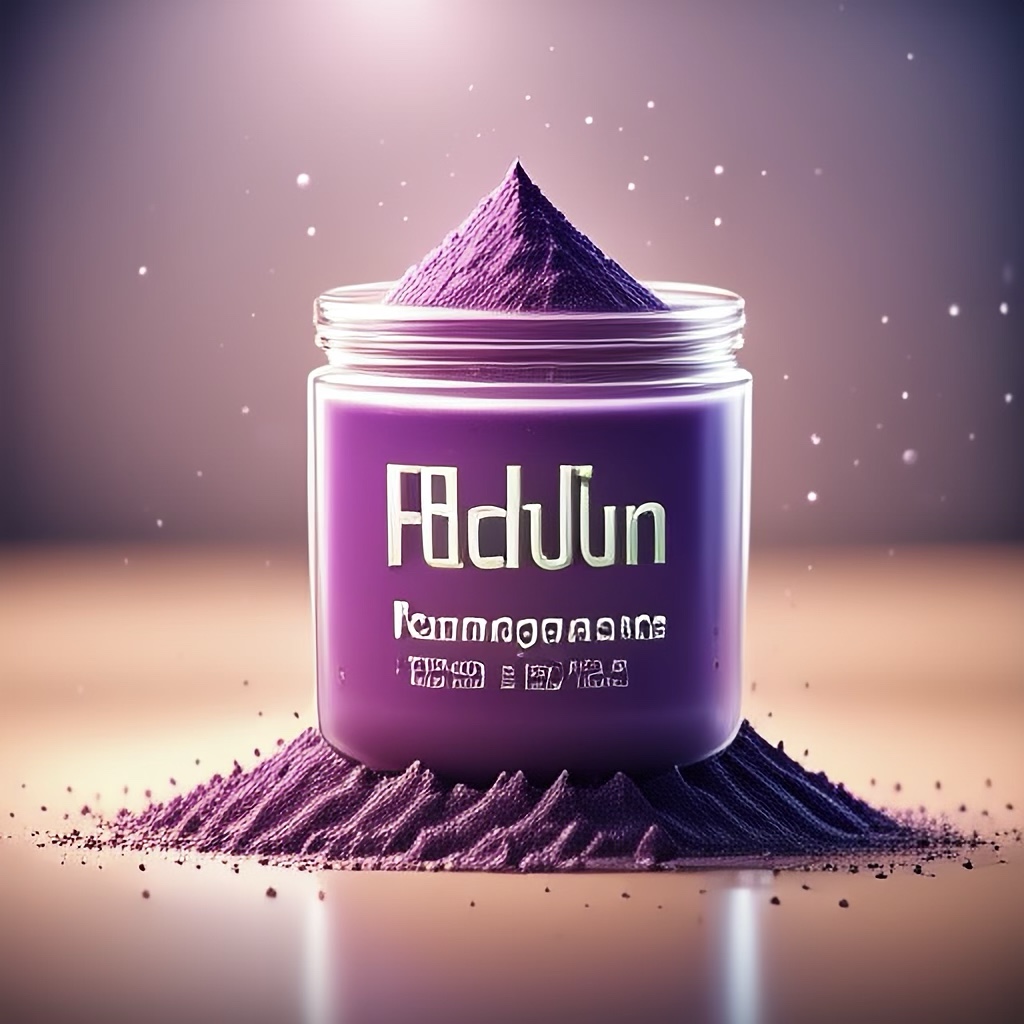In an era where sustainability and innovation intersect, even the simplest household tasks are being reimagined through the lens of chemistry. A recent X post by @interesting_aIl has sparked curiosity and conversation about an unconventional method for whitening yellowed or stained white clothing using potassium permanganate. This approach, while not new, offers a fascinating glimpse into how chemical reactions can be harnessed for practical purposes.
The Science Behind the Method
Potassium permanganate (KMnO4) is a potent oxidizer, historically used in various applications from water treatment to medical disinfectants. Its ability to oxidize organic compounds makes it particularly effective at breaking down stains and restoring the whiteness of fabrics. The method demonstrated in the video involves soaking the stained clothing in a diluted solution of potassium permanganate, followed by a rinse with hydrogen peroxide to neutralize the color and any remaining permanganate.
This process leverages the oxidative properties of potassium permanganate to dismantle the molecular structure of stains, which are often organic in nature. The subsequent hydrogen peroxide treatment then reduces the manganese dioxide byproduct back to a colorless state, ensuring the fabric returns to its intended white hue without residual staining.
Practical Application and Safety Considerations
The video’s step-by-step guide is both intriguing and instructive, showing how a small amount of potassium permanganate can transform a dingy white garment into a pristine one. However, it’s crucial to approach this method with caution. Potassium permanganate is a strong chemical that requires careful handling:
- Dilution is Key: Only a tiny amount is needed, typically just the tip of a teaspoon per application, mixed with water to create a solution.
- Protective Measures: Gloves and eye protection are recommended due to the chemical’s potential to irritate skin and eyes.
- Neutralization: The hydrogen peroxide rinse is essential to deactivate any remaining permanganate, preventing it from causing further discoloration or damage to the fabric.
Historical Context and Modern Relevance
The use of potassium permanganate in fabric treatment is not entirely novel. It has been employed in various industries for decades, from textile dyeing to stain removal in historical documents. The X post’s resurgence of this method underscores a growing interest in chemical solutions for everyday problems, especially as consumers seek alternatives to commercial laundry products that may contain harsh chemicals or environmental concerns.
Broader Implications
This method also highlights a broader trend of integrating chemistry into daily life, where understanding basic chemical reactions can lead to innovative solutions. It encourages a hands-on approach to problem-solving, reminiscent of the resourcefulness often associated with previous generations, as humorously noted in the post’s caption, “In case your grandma didn’t teach you.”
Conclusion
The potassium permanganate method for whitening clothes is a testament to the enduring relevance of chemical knowledge in practical applications. While it may not replace traditional laundry methods for everyone, it offers an intriguing option for those willing to experiment with chemistry in their homes. As with any chemical process, safety and proper handling are paramount, but the potential rewards—a revitalized wardrobe and a deeper appreciation for chemical science—are certainly worth considering.
This approach not only revives old fabrics but also reignites a curiosity about the science that surrounds us, proving that sometimes, the answer to a common problem lies in the periodic table.

Leave a Reply